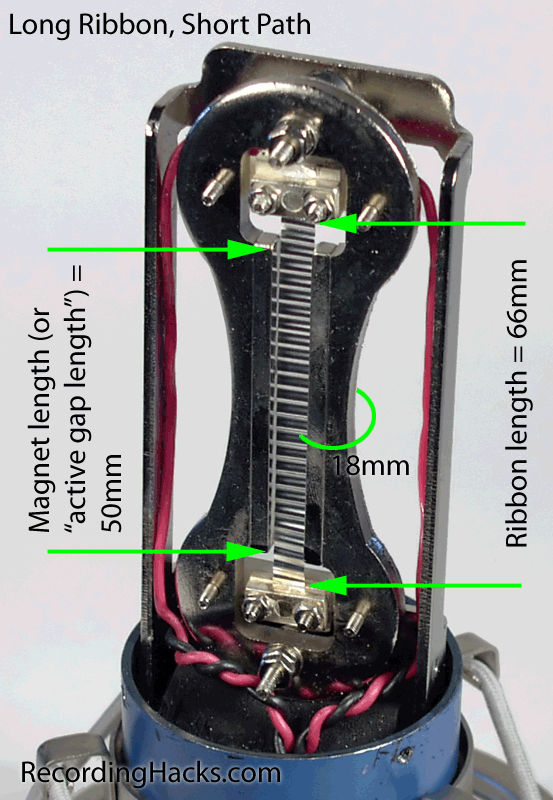Interestingly in the BBC microphones publication they give only the frequency response of B sample from lab tests in the technical report , the A sample was by far superiour . No wonder it was marked confidential , Beyers own frequency graphs of the mics performance varied quite a bit from the measured results , hard to know if variations in the measurement or method of excitation or ribbon quality are at play .
Maybe we can come up with a test jig that allows REW to measure the impedence curve of the motor at lower frequencies via an injected test signal , then we can easily identify the LF resonance .
https://www.roomeqwizard.com/help/help_en-GB/html/impedancemeasurement.html
Question is how do you adapt it for measurement of a ribbon motor/transformer instead of a loudspeaker
Maybe we can come up with a test jig that allows REW to measure the impedence curve of the motor at lower frequencies via an injected test signal , then we can easily identify the LF resonance .
https://www.roomeqwizard.com/help/help_en-GB/html/impedancemeasurement.html
Question is how do you adapt it for measurement of a ribbon motor/transformer instead of a loudspeaker







